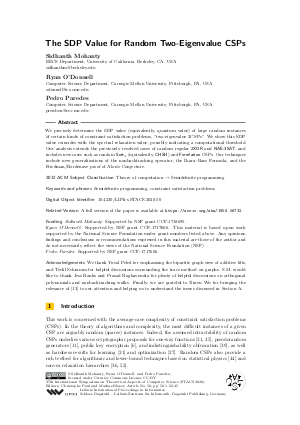LIPIcs.STACS.2020.50.pdf
- Filesize: 0.9 MB
- 45 pages

 Creative Commons Attribution 3.0 Unported license
Creative Commons Attribution 3.0 Unported license



















































Feedback for Dagstuhl Publishing